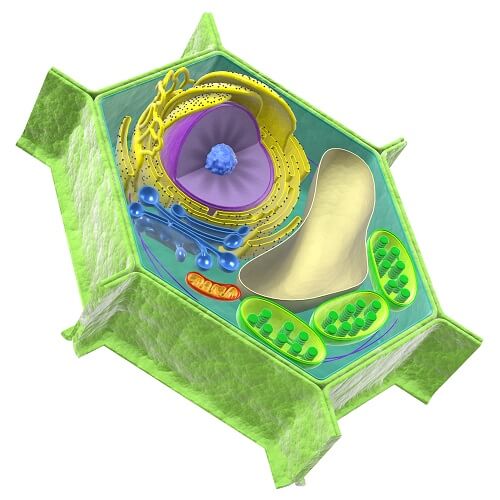HEIDELBERG RESEARCHERS HELP DEVELOP NEW IMAGE PROCESSING SOFTWARE
New Delhi: A new image processing programme makes it possible to view and analyse plant cells in detail in 3D. Bioscientists and computer scientists at Heidelberg University helped to develop the open-source software called PlantSeg. It is based on methods of machine learning and can be used to study the process of morphogenesis – how the shape of plants develops – at the cellular level. The researchers hope to gain a better understanding of processes in developmental biology like speciation. The research results appeared in the journal eLife Sciences.
Computer rendering of the cells analysed by PlantSegComputer rendering of the cells analysed by PlantSeg. Those shown in beige are proliferating cells that form a new root in Arabidopsis thaliana, whereas the pink cells depict the main root. The images of the cells, each just a few tenths of a micrometre long, were acquired by a fluorescent light sheet microscope and their 3D form extracted using PlantSeg. | © Alexis Maizel“To study how plant organs like leaves, flowers and roots develop, individual cells have to be imaged and their development depicted over time,” explains Prof. Dr Alexis Maizel from the Centre for Organismal Studies of Heidelberg University. Until now, such analyses were mainly two-dimensional, based on cross-sections, for example. “But they give us only partial and therefore often incorrect insights into the process of morphogenesis,” adds Prof. Maizel. With the aid of computer-assisted analysis, the new PlantSeg software now lets the researchers map cells in three-dimensional space as well as reliably differentiate irregularly shaped cells from one another.
To teach PlantSeg how to identify and interpret deviations in cell size and shape, the researchers trained the software using microscopy images of reproductive organs and roots of the plant model Arabidopsis thaliana, also known as thale cress. In cooperation with their colleagues, the Heidelberg researchers designed a neural network that identifies the boundary of the cells. To do this, they turned to innovative methods used in machine learning to extract the precise shape of individual cells. They then tested the output of PlantSeg on samples that were unfamiliar to the system. Finally, they used the software to analyse the cell shape and organisation in flowers and roots of thale cress.
“PlantSeg now lets us study plant tissues with extreme precision. We hope it will give us a better understanding of speciation processes and how plants react to changing environmental conditions,” explains Prof. Maizel. He adds that the underlying methodology of the software can also be applied for analysing other types of tissue, such as animal tissue.
The “Morphodynamics of Plants” research group conducted the work, with contributions from biologists, physicists, and computer scientists from national research institutions. The researchers are exploring the interplay of cell division, pattern formation and growth that leads to the development of a plant’s shape. Prof. Dr Alexis Maizel is the spokesperson for the group, which is funded by the German Research Association.

